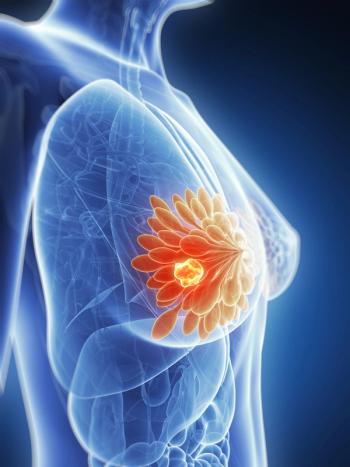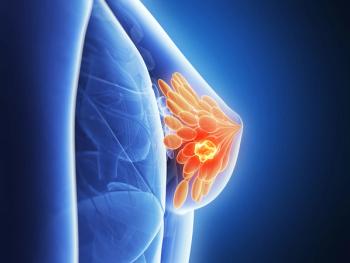
CDK4/6 & PARP Inhibitors for Early-Stage Breast Cancer
A comprehensive overview of the treatment landscape in early-stage breast cancer, with a focus on CDK4/6 and PARP inhibitors.
Episodes in this series

This is a synopsis of an OncView series featuring Sara M. Tolaney, MD, MPH, of Dana-Farber Cancer Institute.
Sara M. Tolaney, MD, MPH, Chief of Breast Oncology at Dana-Farber Cancer Institute, discussed advances in treating high-risk early stage breast cancer. In estrogen receptor (ER)-positive disease, the CDK4/6 inhibitor abemaciclib plus endocrine therapy reduced recurrence risk by one-third compared to endocrine therapy alone in the monarchE trial, a significant finding given no new adjuvant therapies in over 20 years. While overall survival data are immature, abemaciclib prevents metastatic recurrence. Dr. Tolaney gives adjuvant abemaciclib for 2 years in patients with 1-3 positive nodes or higher risk node-negative disease.
The phase 3 NATALEE study of adjuvant ribociclib showed a ~25% lower recurrence rate after nearly 3 years, though follow-up is early with only 20% finishing all 3 planned years of ribociclib. Full results are needed to determine effects after completing ribociclib and in lower risk groups like node-negative patients who comprised 12% of the study. If confirmed, NATALEE could expand CDK4/6 inhibitor eligibility beyond the current high-risk population.
In patients with germline BRCA mutations, the OlympiA trial demonstrated that 1 year of the PARP inhibitor olaparib improved invasive disease-free and overall survival in high-risk early breast cancer. PARP inhibition is a new adjuvant standard for BRCA carriers; Dr. Tolaney stresses testing all high-risk patients rather than relying on family history alone to identify candidates. Eligible patients include triple-negative breast cancer with residual disease after neoadjuvant therapy or TNBC/ER-positive stage II-III post-surgery, and ER-positive with ≥4 positive nodes or residual disease after neoadjuvant treatment.
In summary, recent practice-changing advances for high-risk early breast cancer include CDK4/6 inhibitor and PARP inhibitor therapies yielding clinically meaningful reductions in recurrence and mortality. Biomarker analyses to select patients most likely to derive survival benefit are key to optimizing application of these promising new adjuvant options.
*Video synopsis is AI-generated and reviewed by Cancer Network editorial staff.
Newsletter
Stay up to date on recent advances in the multidisciplinary approach to cancer.



















































































